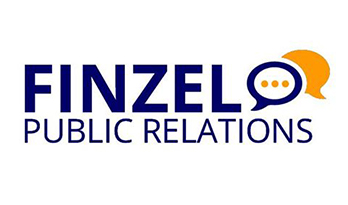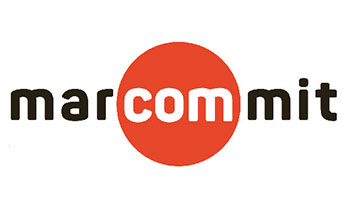Round pegs and square holes
As partners of the Whiteoaks International Network almost since the beginning, we have long been advocates of the value behind working with local PR agencies who can offer clients in-depth, on-the-ground knowledge and insight into their individual markets and above all, advice on how to best work with the local media and/or any other platforms for reaching the client’s target audiences effectively. Whilst working with a local agency undoubtedly requires more financial commitment compared with simply using an international newswire service or trying to do PR remotely from client HQ, it also creates much better returns and quality results all round.
That said, having chosen to go down that path, for a relationship with a local agency to really work and provide true value, it must be based on trust and confidence where the agency can operate as providers of consultancy and advice on the best way to achieve results and work with a level of autonomy that allows them to adapt and change global content in the way that they know will get good results. It’s no use engaging an agency at a local level if they are going to be used merely as a press release translation and distribution service, or micro-managed from client HQ to such an extent that they are unable to act and communicate freely and effectively on the client’s behalf.
A few weeks ago we had two almost identical scenarios to deal with which, because they were handled in different ways, generated two very different outcomes. Both were big US Tech clients. Both had written and planned to distribute not 1 but 3 press releases, on the same day, about upgrades and enhancements to their product or service offering globally.
One insisted that we ran with the translated versions of the release we had been sent, with very little option to make any changes to the text, and released them to the local media one after the other over two days, in line with the global announcement schedule. The other client however gave us carte blanche to translate and adapt the three releases as we felt appropriate, release all three, or just two, or amalgamate all three into one single release according to what we thought would work best for our market, and stagger the distribution in line with when it was best to do so. It doesn’t require a genius to figure out which of the two scenarios generated the best results in the end, in terms of quantity and quality of coverage.
So what can a business do to ensure that it is getting the best value for money from a local agency, in terms of supporting them and enabling them to do what they’ve been contracted to do?
- Listen to their advice: It sounds obvious but it is undoubtedly the most important tip of all as it forms the foundation upon which the entire working relationship with the agency should be built. Nevertheless, it is surprising how often we have had cases where clients have gone against the advice given by the agency, based on years of experience and knowledge of the local market, to push ahead with a communication strategy that might work in their home market or in other regions but would never do so locally for whatever reason. Such situations rarely turn out good for either the client or the agency in the long term.
- Let them build their own locally relevant content: Word for word translations of global content don’t work locally. Certain terms like ‘Seamless’, ‘Frictionless’, ‘Turnkey’ or ‘Insight’ are often nearly impossible to translate into other languages so paraphrasing is usually required. Quotes from local management work better than those from C-Suite execs that the local media can’t relate to. Local data always trumps global data when creating content about market trends or business outlooks. Giving the agency the creative freedom to create its own versions of press content guarantees that it will hit the mark and score the desired result.
- Let them liaise closely with the local sales team: Often Marcoms teams at client HQ don’t want local sales teams to be involved in the local communications process. This is a BIG mistake. After all, the end game is to create local brand awareness, generate leads and help local sales sell more so why leave them out of the process? They can be a valuable source of local insight and stories that can resonate really well in the local media. They can help the agency understand the local industry better, assist with the translation of difficult technical terminology, and last but not least advise on which business areas or target audiences are the most important to them strategically so that the agency can focus efforts on supporting that. This isn’t just a “nice to have” – it is critical to the success of a local campaign. Every time a client gives us unfettered access to the local sales team, and the autonomy to work closely with them for the common good, the quality of the results is way beyond those achieved by centrally managed, siloed campaigns.
- Support them with quality materials: Well written content needs good imagery and other materials such as video, infographics, and so on, to go with it. Making sure the local agency has quick and easy access to such materials without having to spend time requesting or sourcing them means they can concentrate on more productive tasks. It’s amazing how often we get sent press releases to distribute without a single image to accompany them. Or how often we are asked to pitch media briefings with client spokespeople but with no biographies or decent portrait photos to back them up with.
So instead of trying to fit round pegs into square holes by underutilising a local agency’s true value and expecting them to mechanically execute global strategy, businesses are always better off in the long term when they give local agencies the creative license to act in their best interests and leverage local knowledge, contacts and experience to optimum effect.
By Piers Finzel, Managing Director, Finzel Public Relations


